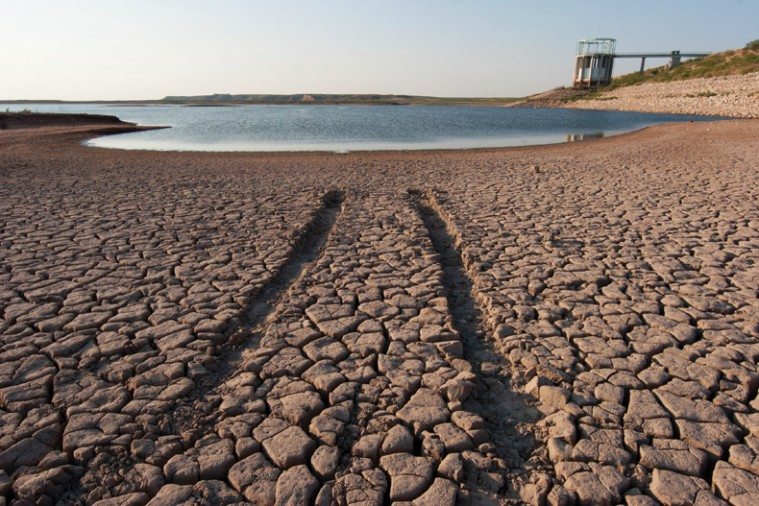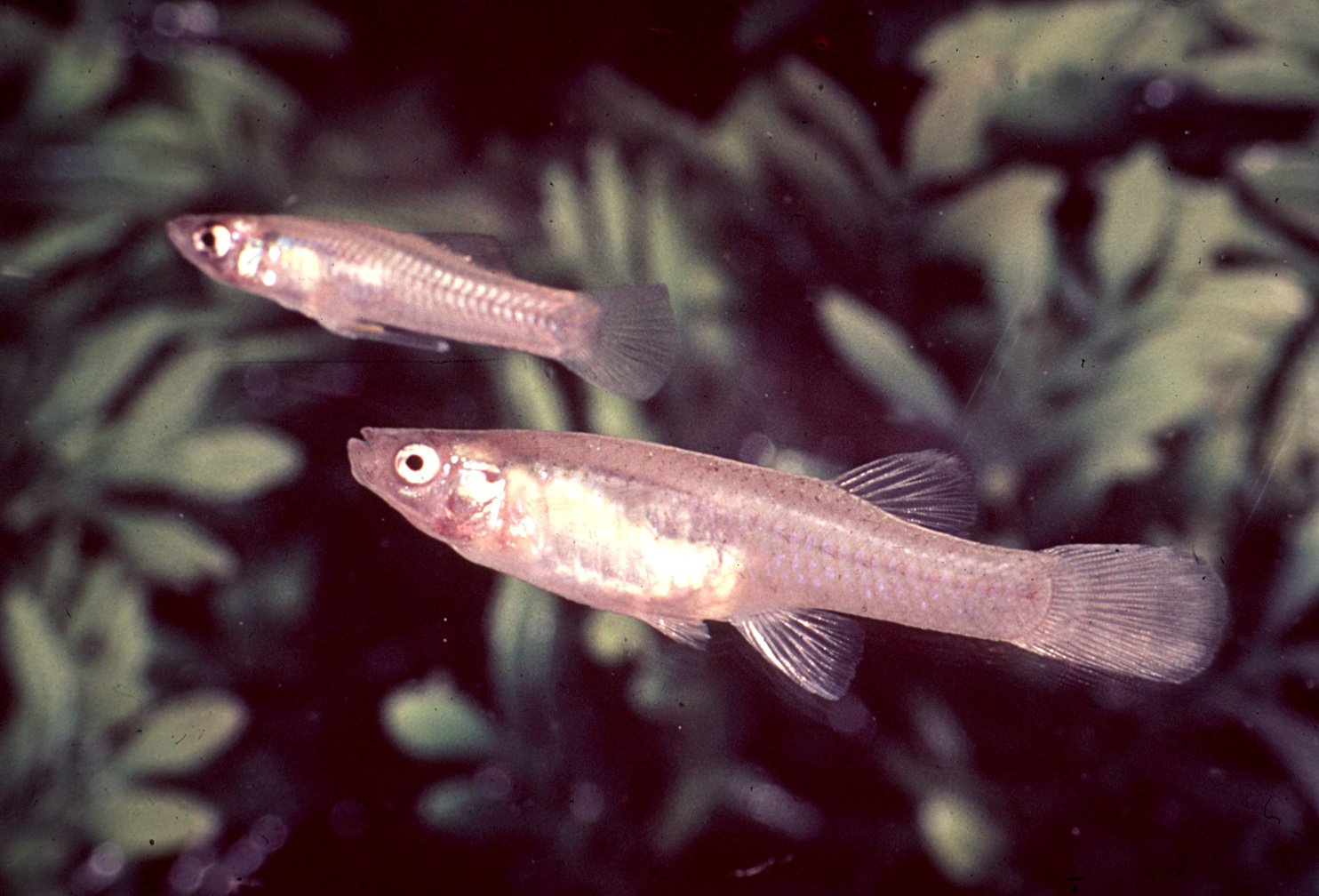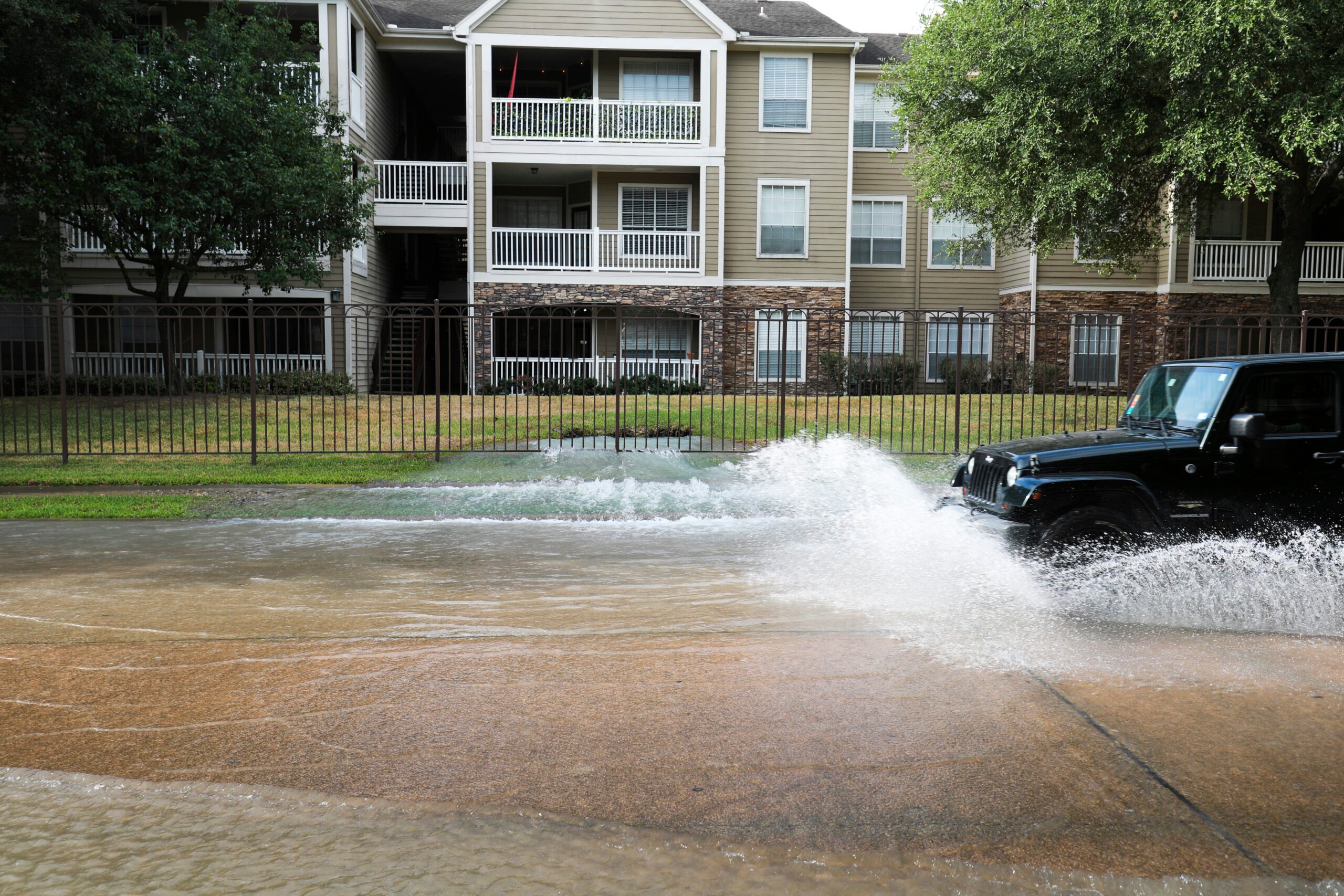
Water Board Passes Plan To Boost Supply as Texas Grows

The Texas Water Development Board (TWDB) on Thursday approved a five-year water management plan that projects Texas’ population will grow by 70 percent by 2070. The plan lays out thousands of conservation and water infrastructure projects that can be undertaken in the next fifty years to meet the increase in demand as the population grows.

Board chair Bech Bruun said in a statement that the plan was the “most comprehensive effort to date to ensure we adequately address the water needs of our growing population.” It’s the first plan to be “really educated by the 2011 drought” and is “more conservative” as a result, he told attendees at a board meeting.
To meet the growing demand, the 2017 plan suggests implementing 5,500 strategies at a cost of about $63 billion by 2070. If implemented, the strategies will create an additional 8.5 million acre-feet of water by 2070, about eight times the annual flow of the Rio Grande river.
The state water plan, drafted every five years with input from 16 regional planning groups, serves as a resource, rather than a set of directives, for officials planning for the future.
About 30 percent of the plan’s strategies aim to increase water supplies by curbing waste and promoting conservation measures. The remainder of the strategies include efforts to increase the water supply through infrastructure projects, such as desalination plants and 26 new reservoirs.
Environmental advocates are opposed to the construction of reservoirs because, they say, of their potential to disturb the natural water flow of rivers, affecting aquatic life, and inundate large swaths of environmentally sensitive land with water.
Luke Metzger, director of the environmental nonprofit Environment Texas, told the Observer that it was highly unlikely that the state would fund building all 26 reservoirs over the next 50 years and that his group saw them as a “last resort” to address water scarcity. Still, he said, the plan is a “big improvement” from the 2012 water plan.
The water projects suggested in the plan can be financed through the State Water Implementation Fund for Texas (SWIFT), a $2 billion fund created by the legislature in 2013. The TWDB is tasked with administering the fund, which primarily provides low interest loans to cities, irrigation districts and water utilities. In the first round of funding in July 2015, the agency approved 21 projects, including financing for improving irrigation systems and smart water meters.
The 2017 state water plan also recommends that 45 percent of the increased demand due to population growth be met by water from conservation measures, up from a 34 percent requirement in the last water plan.
“That shows a really positive trajectory and direction that the state is heading in,” Metzger said. “It demonstrates that state leaders recognize both the efficacy as well as the environmental benefits of conservation projects.”


